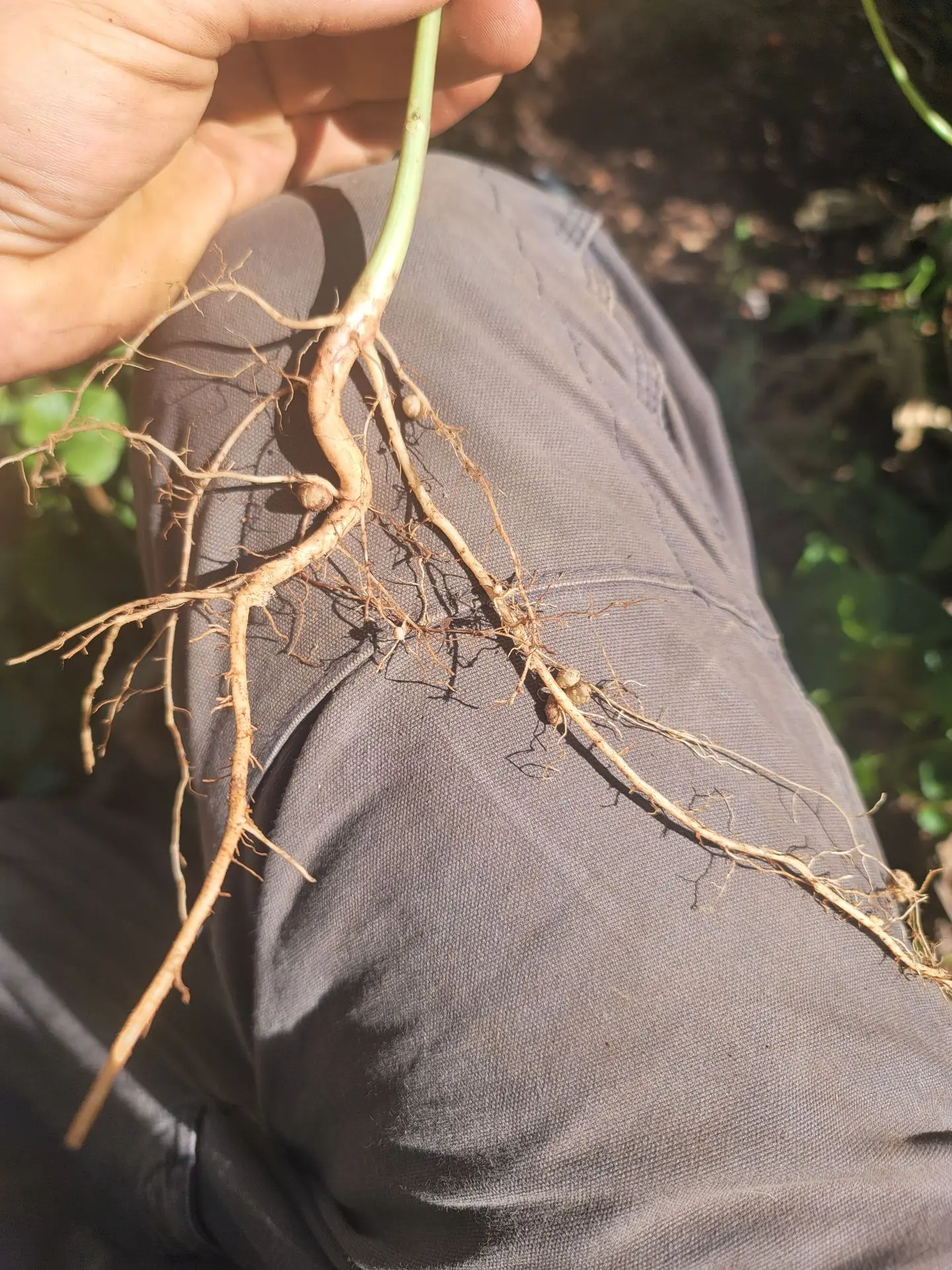What is a nitrogen-fixing?
Nitrogen fixation is nature’s way of turning the inert nitrogen gas (N₂), the most abundant component of our atmosphere, into a form that living organisms can use—essentially, it’s nature’s own fertilizer factory. Imagine the atmosphere as a vast pantry stocked with rows and rows of tinned nitrogen. Delicious and freely available, however, most plants and animals can’t unlock and use this nitrogen directly. Nitrogen fixation is like the can opener: certain bacteria (and some archaea) have the unique ability to “unlock” this nitrogen by converting it into ammonia (NH₃) or related compounds. These bacteria either live freely in the soil or form symbiotic relationships with the roots of leguminous plants. In these partnerships, the bacteria reside in small structures called nodules on the plant roots, where they perform the conversion in a process that requires energy (often supplied by the plant) and specific enzymes like nitrogenase. The result is a usable form of nitrogen that plants can absorb and use to build vital compounds such as amino acids, proteins, and DNA. This process is crucial because it essentially makes the raw material for life available in a form that plants—and, through them, the rest of the food chain—can use to grow and thrive.
So what?
Free fertilizer! Good nutrition. When a human eats a burger, the proteins in that burger may well have some amino acids which contain the nitrogen base provided by the bacteria housed on the roots of a soybean.
Now what?
Peas and beans won't start themselves... get growing!

Root Nodules
These tiny spheres are home to the nitrogen-fixing bacteria that have partnered with this Asparagus Bean.